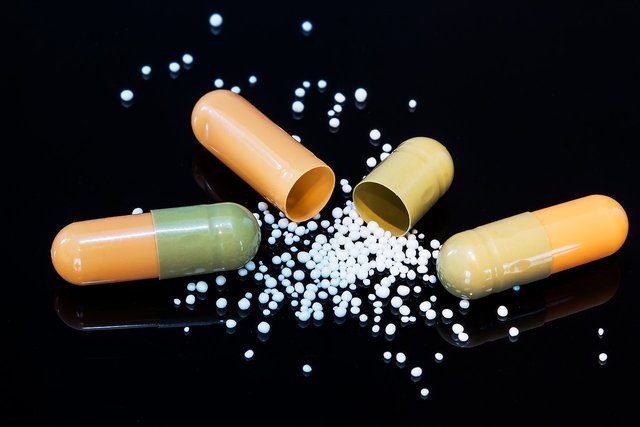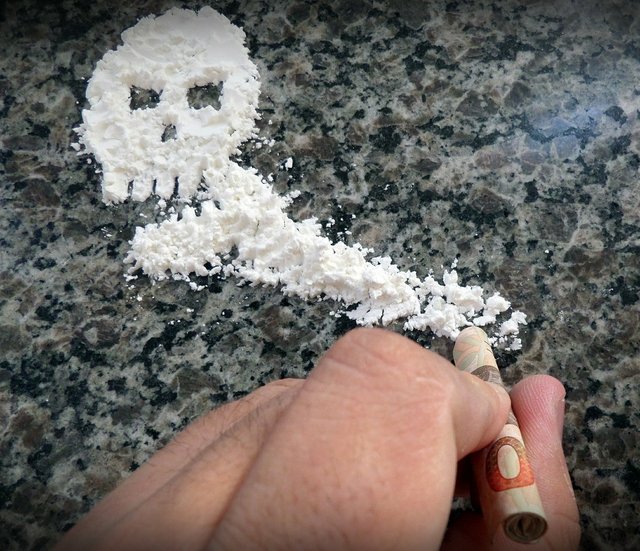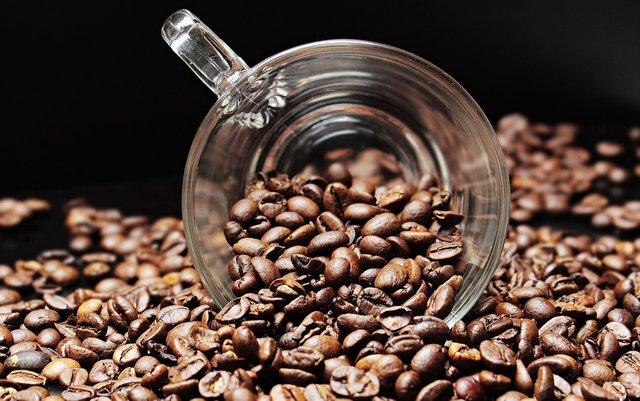Pharmacological Effects of CNS stimulants and ways of addiction withdrawal
CNS Stimulants
Hello guys, its needful to let us know the pharmacological impacts of CNS-stimulants, its toxicity to the surrounding organs and ways by which we can drastically desist from it. We have many CNS-stimulants but a few will be discussed here;
1.Cocaine
2.Amphetamine
3.Caffenine
4.Inhalants
The true meaning of Cocaine
Cocaine is an ester of benzoic acid and a nitrogen containing base. Cocaine is a naturally occurring alkaloid, obtained from the leaves of the coca plant known as Erythroxylon coca and to a lesser, extent from the specie. Erythroxylon novogranatense. The major source is South America, particularly Bolivia, Columbia and Peru, where the leaves have been used for centuries to increase endurance and promote sense of well being. Cocaine is not used clinically at present, but is a widely abused illicit drug.
Pharmacokinetics
Cocaine is snorted, smoked or injected. It is absorbed from all sites of application (mucosal membrane and GI mucosa) It is rapidly absorbed across the pharyngeal mucosa and is well distributed. The half – life of cocaine in plasma is about 1hr, but inhalants (crack) users typically desire more cocaine after 10-30mins.
Cocaine is degraded by plasma esterases and hepatic enzymes, small amount are excreted unchanged in urine. Benzoylecgonine represents the major urinary metabolite and can be found in the urine for 2 to 5 days after a binge. As a result, benzoylecgonine tests are useful for detecting cocaine use. Heavy users have been found to have detectable amounts of the metabolite in urine for up to 10 days following a binge. An important metabolic interaction occurs when cocaine and alcohol are taken concurrently. Some cocaine is trans – esterified to cocaethylene, which is equipotent with cocaine in blocking dopamine reuptake.
Mechanism of Action
Cocaine causes sympathomimetic effects through re-uptake block. The reinforcing effects of cocaine and cocaine analogs correlate well with their effectiveness in blocking the dopamine re-uptake which leads to increased dopaminergic stimulation at critical brain sites. However, cocaine also blocks both norepinephrine (NE) and serotonin (5-HT) re-uptake and chronic use of cocaine produces changes in these neurotransmitter systems.
Pharmacological effects
Cocaine is a powerful stimulant. It produces a pleasurable stimulation, sense of self-confidence and well-being that lead to its frequent abuse. Higher doses produce intense euphoria, which has a brief duration and is often followed by a desire for more drugs. Individuals on cocaine are not in touch with reality. Cocaine causes a dose – dependent increase in heart rate, muscular activity and blood pressure accompanied by increased arousals, improved performance on tasks of vigilance and alertness. Involuntary motor activity stereotyped behavior and paranoia may occur after repeated does. Irritability and increase risk of violence are found among heavy chronic users.
Tolerance, dependence and withdrawal
effects
Signs of cocaine abuse include emotional dependence, nervousness, sleeplessness, weight loss and decreased appetite.
Cocaine produces addiction or dependence. The false feeling is usually short lived and the subject becomes depressed after the effect of the drug has worn off. This situation makes the user to crave for more drugs and fast becomes addicted. At this stage, the user can sacrifice health, safety, friends, money and freedom for it. Those individuals are prone to commit crime when they run out of money. Tolerance does not appear to occur to the psychological effects of cocaine. Cocaine withdrawal is generally mild compared to opioids and do not require treatment but typically produce dysphoria, depression, fatigue, sleepless drowsiness, cocaine craving, bradycardia and reduced appetite. Psychological treatment may be required to help the user battle the urge to return to cocaine.
Intoxication
Heavy use is a serious problem. Symptoms include restlessness, anxiety, delusions (paranoid ideation) auditory or visual hallucination. Cocaine disrupts normal physiological functions, leading to nausea, vomiting and convulsion. Sudden death due to heart attacks, or cardiovascular collapse/stroke and suffocation is a possibility. Pregnant users many experience premature labor, placenta abruptio and permanent brain damage in the newborn.
The science behind Amphetamine
Amphetamine (Racemic – β – phenylisopropylamine) is a synthetic indirect sympathomimetic stimulant. It is a racemic phenylisopropylamine dependency-producing stimulant. It was first synthesized in late 1920s. The drug has been used clinically for narcolepsy, minimal brain dysfunction and in short-term weight reduction programs to control hunger. Methamphetamine, is more potent form of amphetamine.
Pharmacokinetics
Amphetamine is effective after oral administration and its effects last for several hours. The drug crosses the blood brain barrier to elicit considerable activity on the CNS.
Mechanism of Action
Amphetamine has peripheral α & β activities that are common to indirectly acting sympathomimetic drugs. The drug achieves most of its effects on the CNS by releasing biogenic amines from their storage sites in the nerve terminals. Central adrenergic nerves (alerting, anorectic and locomotor effects) and dopaminergic (loco motor, stereotyped behavior) and serotonergic (perception and overt psychotic behavior) nerves are all involved.
Pharmacological Effects
Amphetamine is a powerful CNS stimulant. Its effects depend on dose, route of administration and circumstances of use. It produces a state of wakefulness in normal individuals. This makes it attractive to students, trailer drivers etc. Low doses suppress appetite; improve mood and increase performance, in fatigued people. Amphetamine dilates pupils, dilates bronchial tubes, increases blood pressure and speeds up breathing and heart beat. It intensifies most sensory experiences and diminishes sensations of pain or hunger. High doses cause paranoia.
Tolerance, dependence and withdrawal effects: Amphetamine and its analogues are abused because of their euphoric effects. Intavenous or smoked metamphetamine (speed, crystal) produces an immediate pleasurable experience that imposes a hazard of compulsive abuse comparable to that of heroine or cocaine. Occasional cases of compulsive oral abuse occur after therapeutic administration. Considerable tolerance develops due to the effects on mood and progresses to increased BP and heart rate. Withdrawal involves sleepiness, depression and a ravenous appetite.
Intoxication
Overdose may cause death from heat, stroke, heart irregularities or the rupture of blood vessels in the brain
what is Caffeine
Caffeine, an alkaloid commonly found in tea and coffee is the most widely abused substance in the world. The most source of caffeine is from the fruits of Coffee arabica or related species. 80% of the world’s population consumes caffeine. At least half of the population of the world consumes tea as an alternative source of caffeine prepared from the leaves of Thea sinensis
Pharmacokinetics
Caffeine is readily absorbed after oral, rectal or parenteral administration. Maximum plasma concentrations are achieved within 1hr. It is well distributed throughout body components and can cross the placenta and get into breast milk. Plasma half – life of caffeine is 3-7hrs. Caffeine is metabolized in the liver. About 5% is excreted in the urine unchanged.
Mechanism of Action
Caffeine acts through 3 basic cellular mechanisms to produce its effects on the CNS, The drug can block adenosine receptors. Secondly, high concentrations of caffeine interfere with uptake and storage of calcium ions. Finally caffeine causes increased accumulation of cGMP.
Pharmacological effects
Caffeine stimulates the CNS and persons ingesting caffeine containing beverages usually experience less drowsiness, less fatigue or a more rapid and clearer flow of thought. About 5 – 250mg of caffeine (contained in 1-3 cups of coffee) produces increased capacity for sustained intellectual effort and reduces reaction time. It does not include an intense feeling of euphoria, but it does produce some modest increase in the feeling of well being long term intake of more than 250mg of caffeine per day maybe associated with restlessness, nervousness, excitement, insomnia, muscle twitching, rambling, agitation and cardiac & GI disturbances. It acts on the kidney to produce dieresis and relaxes bronchial and cardiac smooth muscles.
INHALANTS
These are cheap substances that are volatile at room temp. e.g toluene (from air plane glue) kerosene, petrol, carbon tetrachloride Amyl nitrate, nitrous oxide, paint thinner, anti-freeze and individual solvents. These cause kidney & liver failure brain damage; bone-marrow suppression & death. Butylnitrate is popular amongst male homosexuals, Anasthetic gases is popular amongst doctors (peripheral neuropathy)
Tolerance and withdrawal effects
Tolerance occurs rapidly to the stimulating effects of caffeine. Thus, a mild withdrawal syndrome has been produced in controlled studies by abrupt cessation of as little as one to two cups of coffee/day. Withdrawal consists of headache, anxiety and , lethargy.
Intoxication
This is rare and is characterized by insomnia restlessness, excitement, tachycardia and extra systoles alongside faster respiratory rate.
Lets put an end to drug abuse and addictions, thanks for reading
Reference
Managing Drug abuse and addiction
chemistry of adrenergic system



Hello, can you please clarify what you meant by the above? Thank you.
I mean "small amt" not small ant
I just edited it in full, perhaps my keyboard deceived me. I have just meticulously checked the write up.
Thanks for stopping by sir.
Oh, an abbreviation. It is recommended you always write in full. Thank you.
Congratulations @anthonymartin320! You have completed the following achievement on the Steem blockchain and have been rewarded with new badge(s) :
Click here to view your Board of Honor
If you no longer want to receive notifications, reply to this comment with the word
STOPDo not miss the last post from @steemitboard:
This post has been voted on by the SteemSTEM curation team and voting trail in collaboration with @curie.
If you appreciate the work we are doing then consider voting both projects for witness by selecting stem.witness and curie!
For additional information please join us on the SteemSTEM discord and to get to know the rest of the community!